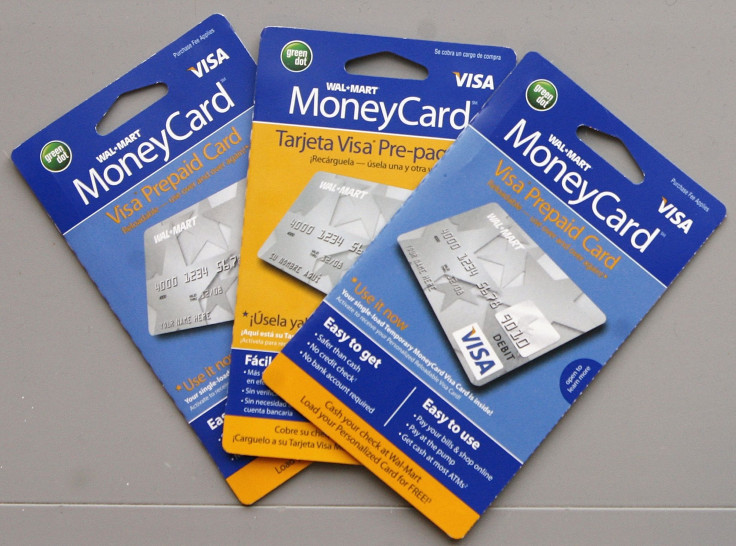Prepaid Debit Card Use Rises Among Millennials, Upper-Income Moms For Online Shopping

Prepaid debit cards, reloadable plastic used like cash but not tied to a bank account, were swiped mainly by lower-income consumers without higher education as few as five years ago. Now they are gaining popularity among new demographics: millennials and moms handling the finances of middle- to upper-income households.
The reasons vary, but one factor is the growth of online shopping and the risk of credit card fraud that comes with it, said Jeffrey Lewis, vice president and general manager of financial services at InComm, a prepaid card distributor. He has worked in the prepaid card industry since 1999. "With our OneVanilla [prepaid card] product we see a lot of use shopping online."
The number of InComm's prepaid card holders has grown more than 10 percent over the past 18 months, accelerating with reports last year of data breaches at Target and other major retailers that exposed millions of customers' credit and debit card and personal contact information, he said.
A recent study co-authored by a U.S. Federal Reserve official found that prepaid card ownership is highest among adults ages 18 to 32 and declines progressively in each older age group. About 90 percent of today's prepaid card holders have access to checking accounts. And the fastest-growing demographic using prepaid cards is households with more than $50,000 in annual income, the study found.
Mercator Advisory Group, a consultant to banking and payment firms, forecasts that the values loaded onto prepaid cards will grow 9 percent from 2014 to 2017, when it will reach an estimated $337.8 billion.
Over the past two decades, prepaid cards have shifted from primarily gift cards to a low-fee option for low-income households and now, to a budgeting tool and safe alternative to credit cards for online purchases. In 2008, half of those relying on prepaid card users had a high school education or less, while today, one-third earn more than $100,000 annually, Lewis said.
Lewis says his team has surmised that the largest and growing demographic using the firm's prepaid OneVanilla card is the career woman or mom heading an upper-income household, based on where most transactions occur (online at retailers like Macy's, J.C. Penney and Best Buy) and when (in the evening).
Prepaid card users can load an amount for groceries or gasoline and know they can't spend more than that amount through the card. Think of the high schooler going out for homecoming and buying dinner. The prepaid card limits spending but frees the holder from carrying cash, and it looks like a normal debit or credit card. Any fraud that may take place won't affect the rest of the shopper's finances.
For millennials, adults 18 to 32, using prepaid cards is a way to shun traditional banking institutions and still pay bills online. Prepaid cards are being used like bank accounts, with many cards accepting direct deposit and even offering savings accounts, though withdrawing cash requires paying convenience fees at ATMs.
"There is a strong desire in individuals out there who don’t want any relationship at all with a financial institution," Lewis said.
© Copyright IBTimes 2024. All rights reserved.












